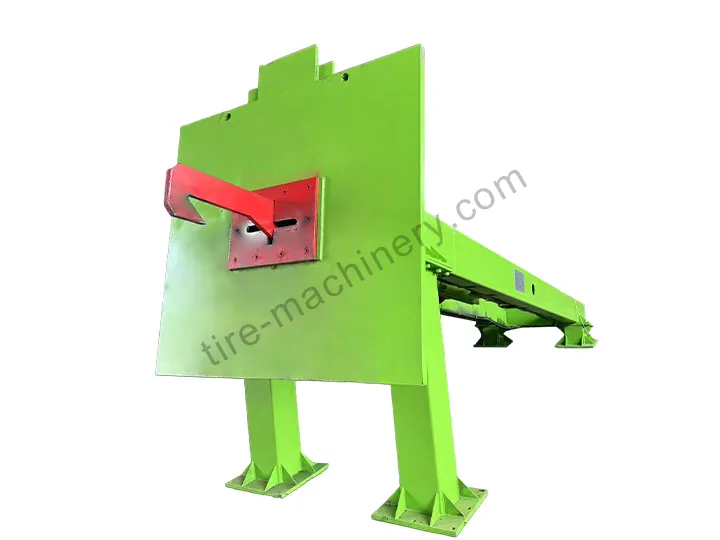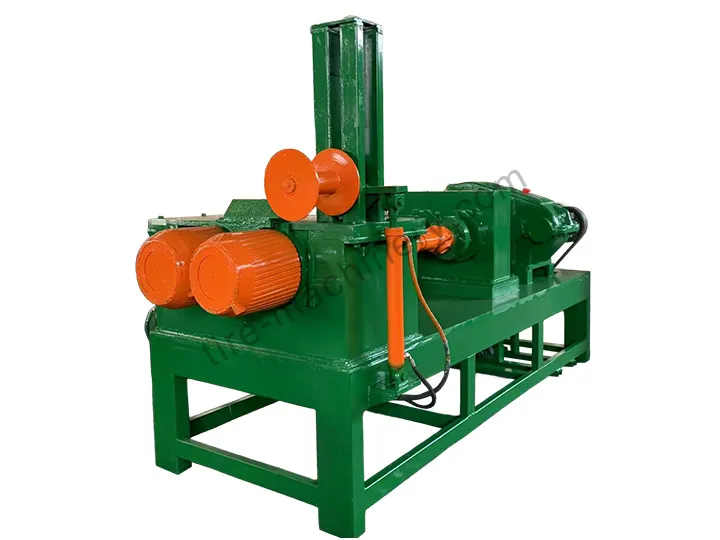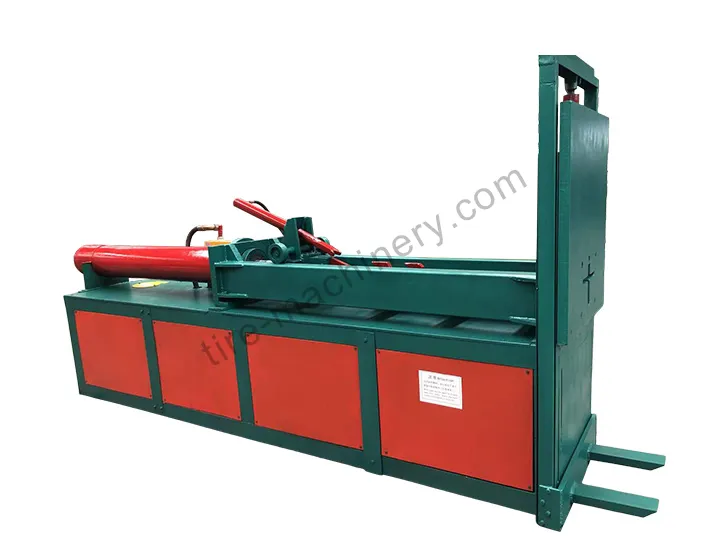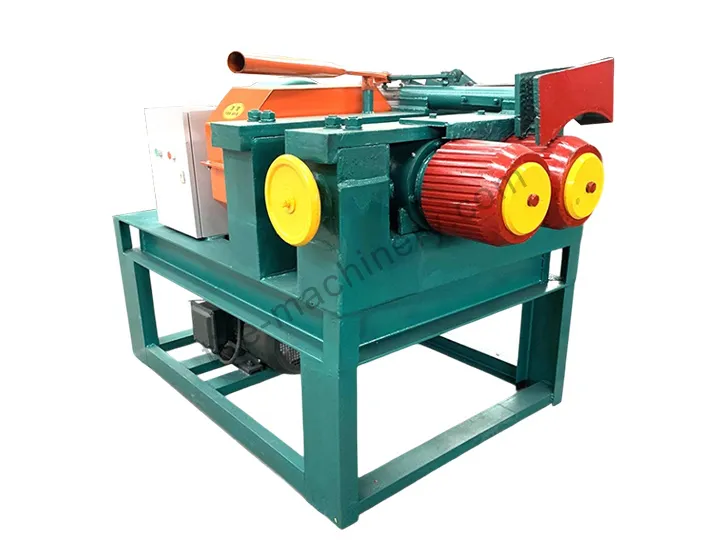From Tire to Turf: Choosing the Right Playground Rubber Granule Machine
Explore the business of producing rubber granules for playgrounds and artificial turf. This guide details the manufacturing process of rubber granules, the essential equipment like a rubber granulator machine, and the technical specs for creating clean, safe SBR granules. A must-read for anyone considering an investment in a tire recycling plant.
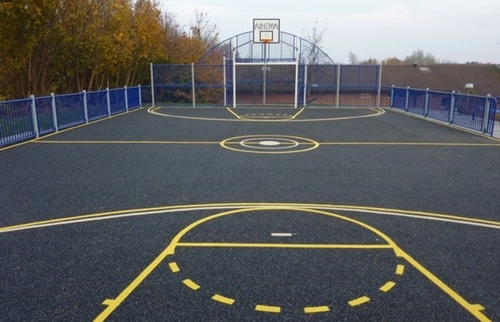
From the soft landing surface at a community playground to the high-performance infill on a professional sports field, rubber granules are the unseen foundation of safety and performance. This growing demand presents a significant business opportunity. But to enter this lucrative market, you need more than just raw material; you need the right technology.
This guide explores the essential factors for investors and entrepreneurs looking to capitalize on this trend. We’ll cover the market demands, the strict quality standards for the final product, and the critical machinery required—starting with the core of the operation: the playground rubber granule machine.
The Market Opportunity: Why Demand for Quality Rubber Granules is Growing
The profitability of making rubber granules is driven by strong, sustainable demand from two primary sectors:
- Safety Surfacing: Playgrounds, schools, and public parks are increasingly required to meet strict safety standards, such as HIC (Head Injury Criterion) testing. Pour-in-place rubber flooring made from SBR granules is the premier solution for creating surfaces that meet these critical fall height surfacing requirements.
- Artificial Turf Infill: The market for all-weather sports surfaces continues to expand globally. Recycled rubber granules for artificial turf provide the necessary shock absorption, stability, and natural feel that athletes demand.
Not All Granules Are Created Equal: Key Technical Requirements
To succeed, your production must meet the precise specifications of these demanding markets. This is what your customers will be looking for:
- Precise Size and Shape: Different applications require different sizes. Athletic tracks often need uniform 1-3mm SBR granules, while playground bases may use larger particles. A successful operation must have the capability to produce different sizes of rubber granules.
- Absolute Purity: This is a non-negotiable safety standard. The final product must be 99.9%+ free of steel wire and textile fiber contaminants. This requires a sophisticated process for separating steel and fiber from tire rubber.
- Environmental & Safety Compliance: End-users are increasingly demanding PAH compliant rubber granules to ensure the material is safe for children and the environment. This starts with sourcing the right feedstock and using a clean production process.
The Production Process: Investing in a Complete Rubber Granule Production Line
How are rubber granules made from tires? The process is a multi-stage journey from whole tire to pure, sized granules. Investing in an integrated system is the key to achieving the quality and efficiency needed for profitability.
Step 1: Removing Inside Steel Wire
Before shredding tires, the steel wires inside must first be extracted; otherwise, tire shredding cannot proceed. We offer wire-pulling machines tailored for tires of different diameters. Additionally, you can select a wire-pulling machine based on the desired level of automation.
Different kinds of steel wire drawing machine:
Step 2: Primary Shredding
The process begins with powerful size reduction. Whole tires, which are notoriously difficult to process, must be broken down into smaller, manageable chunks. A heavy-duty Tire Shredder is essential for this first stage, creating a consistent feedstock for the granulation process.
Step 3: Granulation and Sizing
After shredding, the rubber chunks are fed into a specialized rubber granulator machine. This machine is specifically designed to cut—not just crush—the rubber into a more uniform, cubical shape. Following the granulator, the material passes over a multi-deck vibrating screen, which accurately separates the granules into different size fractions (e.g., 0-1mm, 1-3mm, 3-6mm), allowing you to serve multiple markets from a single production run.
Step 4: Purification and Cleaning
Producing clean, safe granules is impossible without advanced separation technology. This is where a complete system shows its value. Our full automatic Tire Recycling Line for rubber granules integrates powerful magnets and air classification systems at multiple points in the process. This ensures that even the finest steel and fiber contaminants are removed, resulting in the equipment to make clean rubber crumb that the market demands.
Conclusion: Your Partner in Production
Entering the market for sports and playground surfacing is a sound business decision backed by growing demand. However, your success depends entirely on the quality and consistency of your product. This requires more than just a standalone playground rubber granule machine; it requires a complete, integrated rubber granule production line designed for efficiency, purity, and reliability.
Ready to turn your tire recycling business plan into a profitable reality?
Contact our experts today to discuss your project and receive a customized quote for a production line tailored to your specific market goals.

